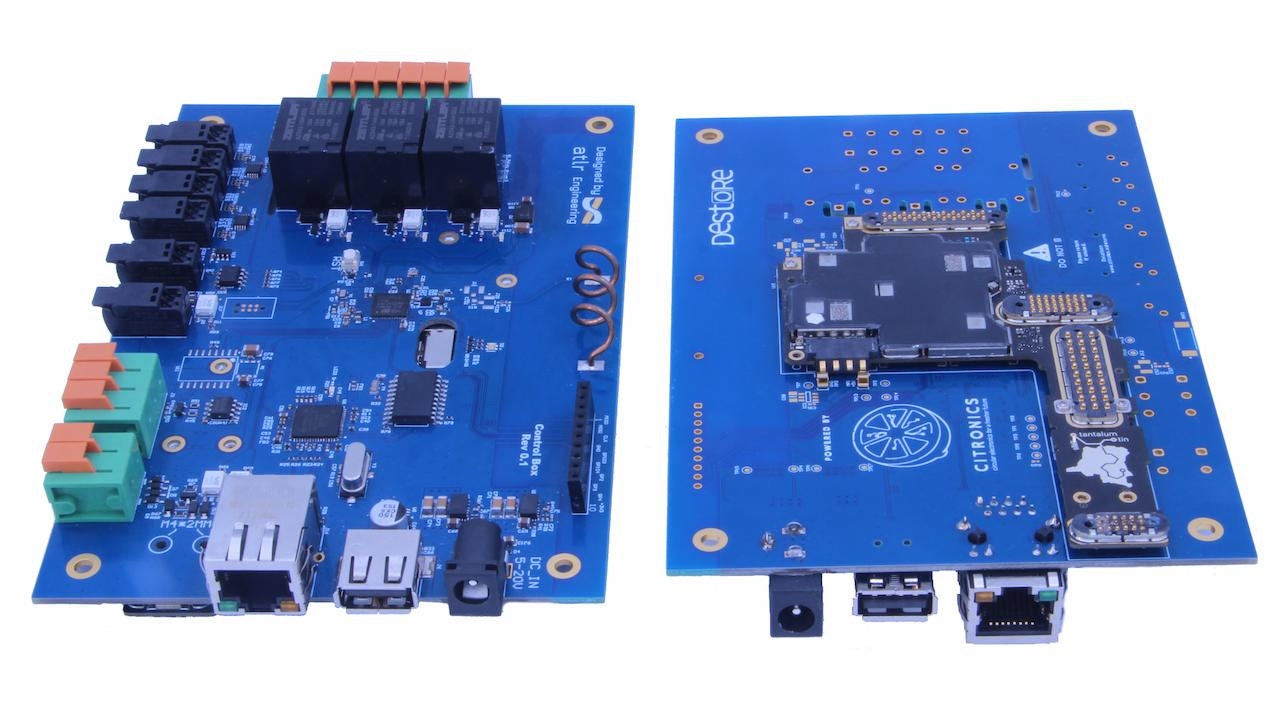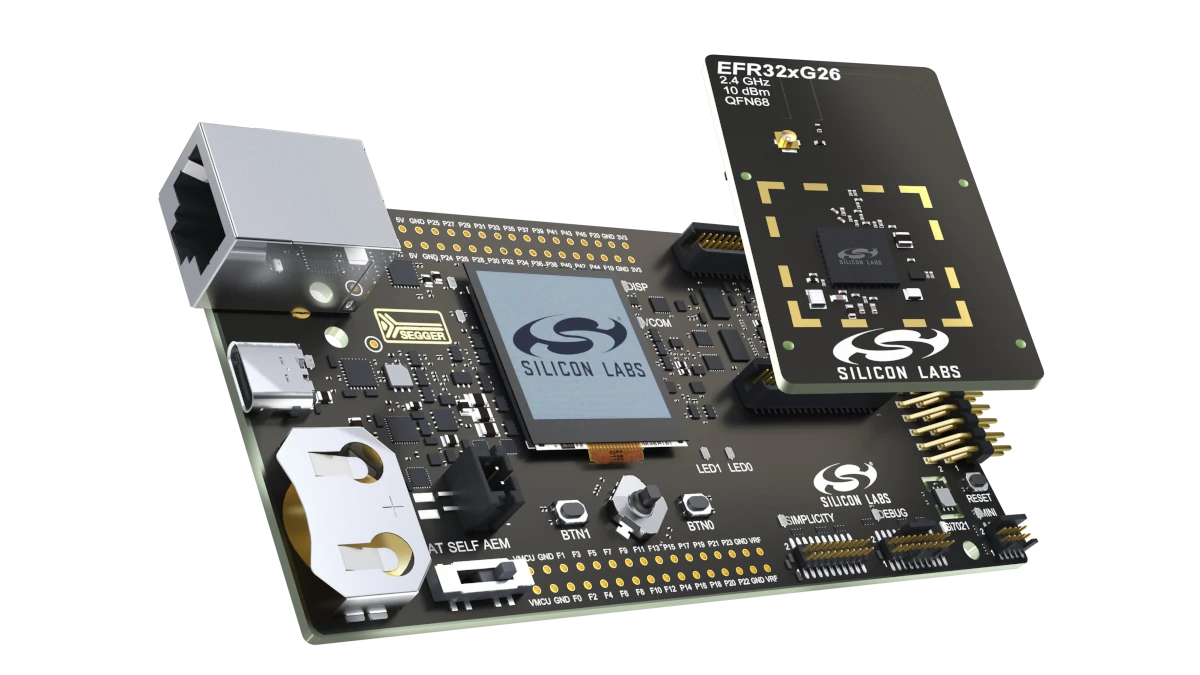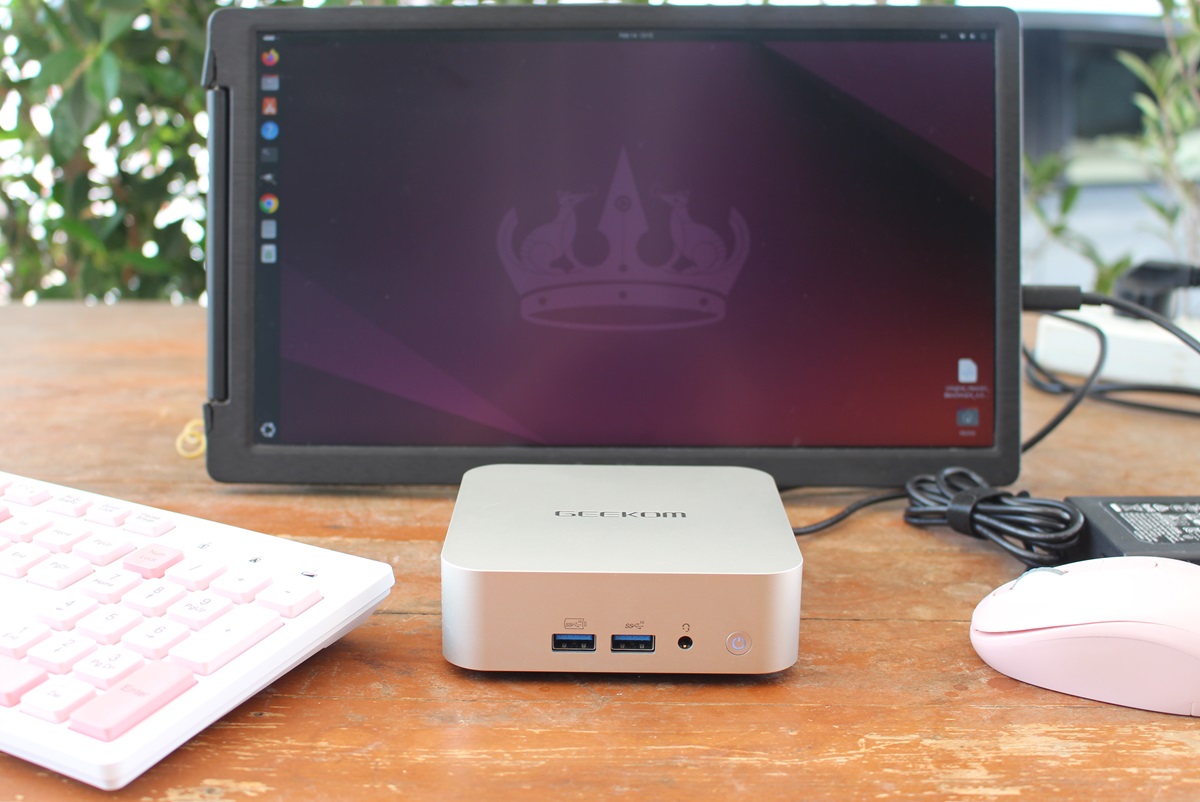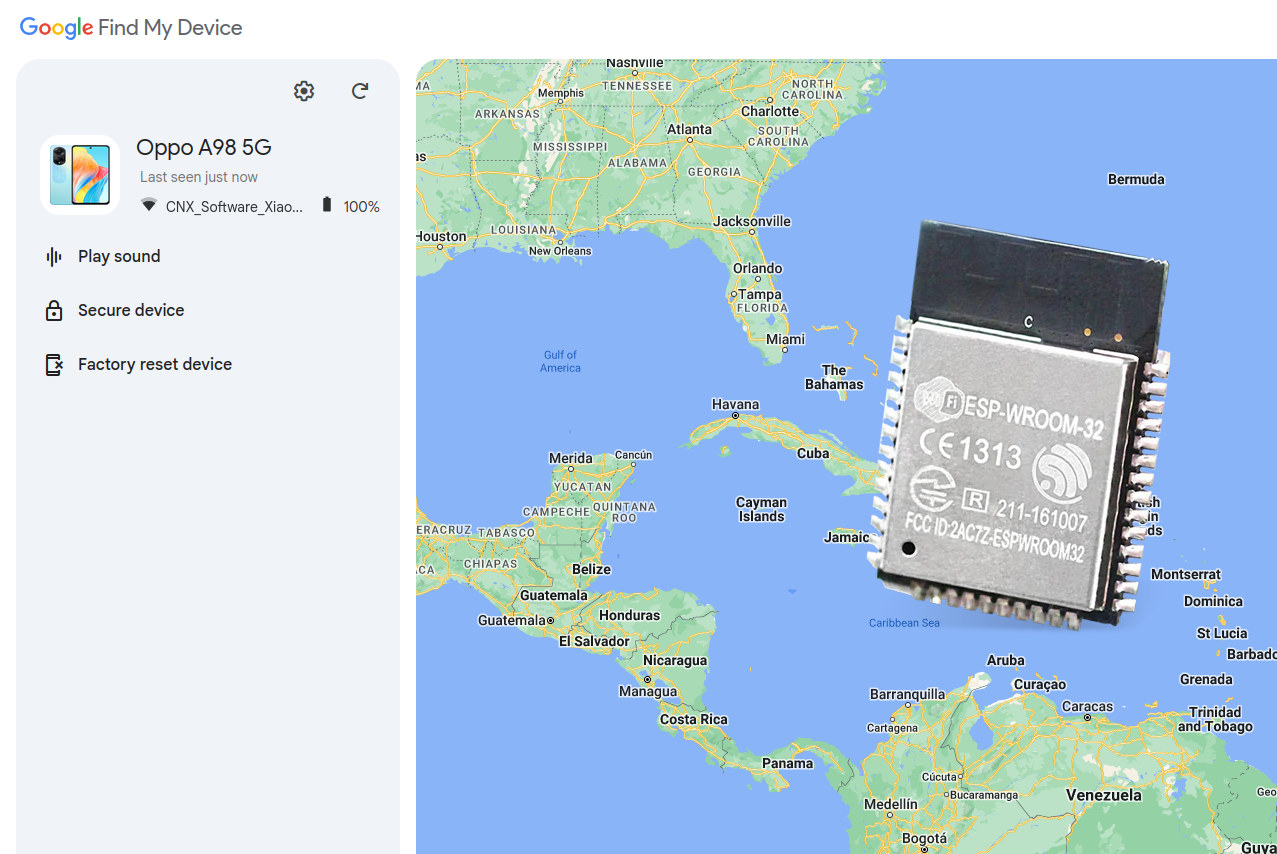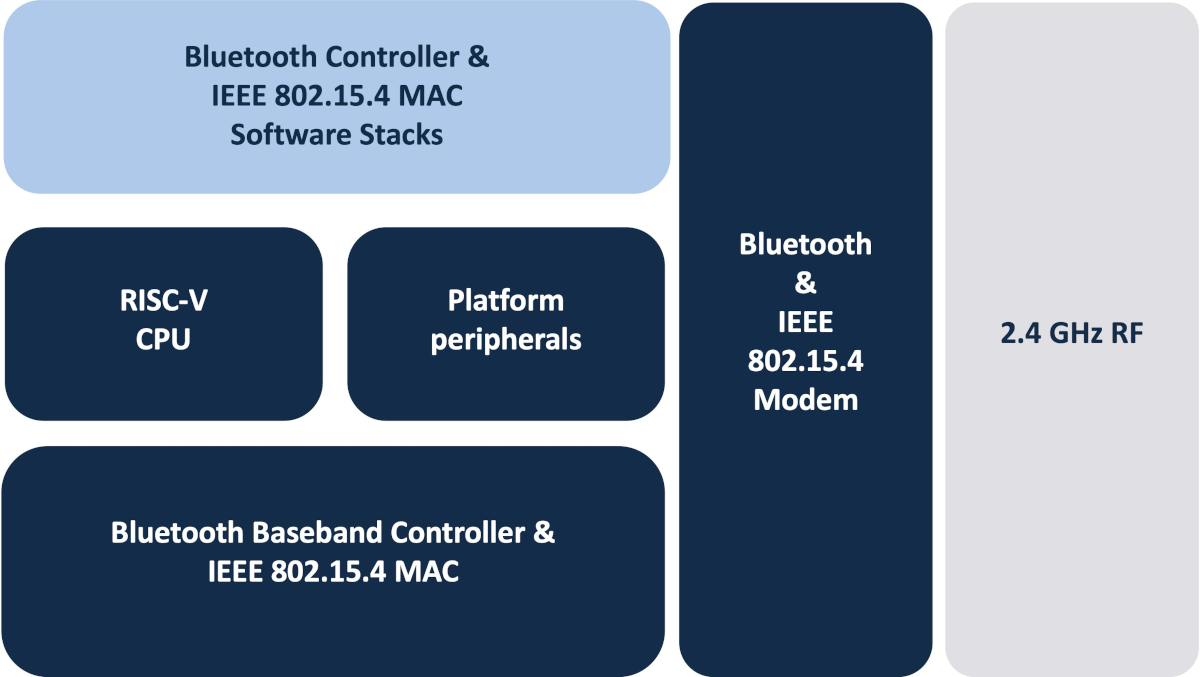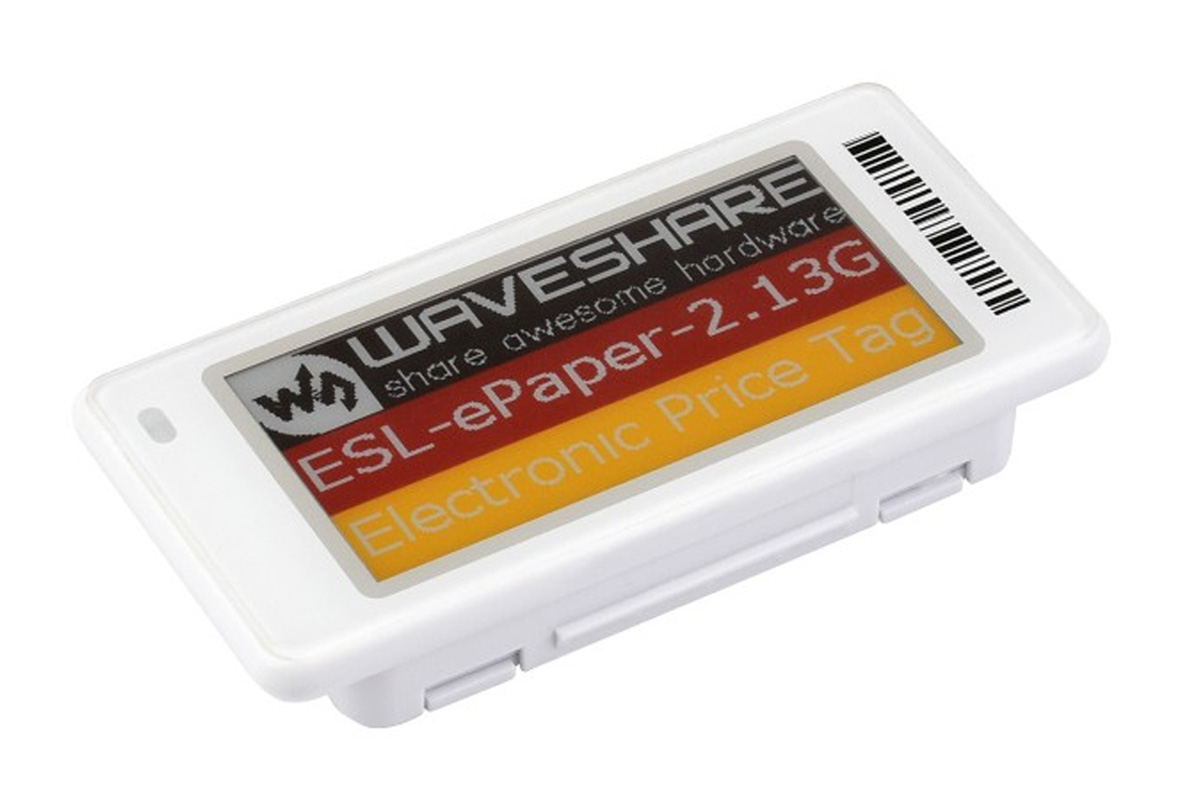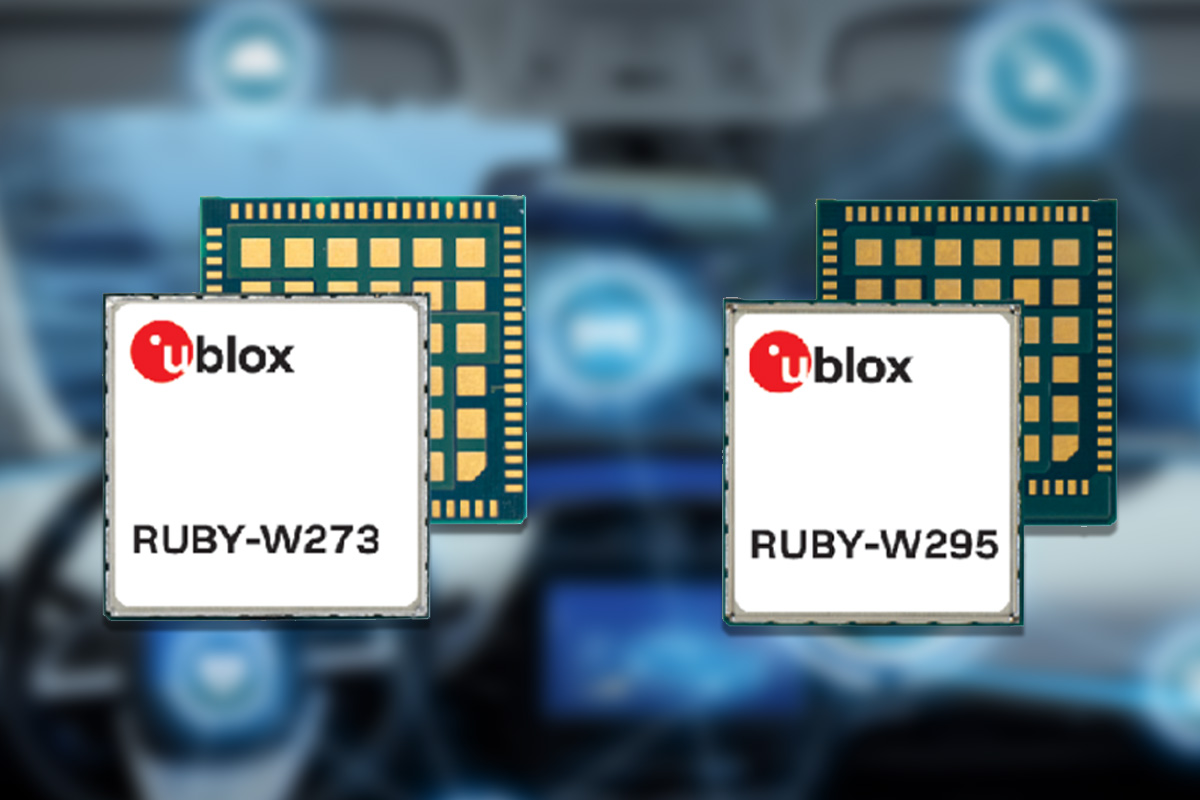Belgium-company Citronics has designed a router based on the mainboard of the Fairphone 2 smartphone, connecting the Qualcomm Snapdragon 801 “system-on-module” to a carrier board with Ethernet, USB ports, and other connectors, while leveraging 4G LTE, WiFi, and Bluetooth connectivity from the phone’s core board. Citronics calls this type of hardware “Circular Microcomputers,” which refers to small computers focusing on sustainability and circular economy principles using parts from discarded devices like old smartphones. There’s actually more than one router, as Citronics designed its own development kit, and also partnered with other companies to design custom gateways based on the Fairphone 2 mainboard. Let’s have a look at the devkit first. Citronics devkit: Fairphone 2 mainboard SoC – Qualcomm Snapdragon 801 (MSM8974AB) quad core Krait 400 processor @ up to 2.26 GHz with Adreno 330 GPU System Memory – 2 GB LPDDR3 Storage – 32GB eMMC flash Connectivity – 2G/3G/4G LTE, […]
Silicon Labs MG26 development kits and SoCs are now available for Matter and multiprotocol Smart Home applications
Silicon Labs MG26 is a new family of Arm Cortex-M33 wireless SoCs designed for Matter or multiprotocol Smart Home applications that provide an update to the MG24 with more memory and storage, additional GPIO, a 4×40 LCD controller, and an integrated AI/ML accelerator. We first covered the new wireless microcontroller family in April 2024, but the company has now published a new press release announcing the general availability of the MG26 microcontrollers, and I also noticed some development kits were now available, so we’ll check those out in this post. Silicon Labs MG26 specifications A reminder of the SoC specifications with highlights in bold showing the improvements or differences against the MG24 family: MCU core – Arm Cortex-M33 @ 78.0 MHz with DSP instruction and floating-point unit Memory – Up to 512 kB RAM data memory Storage – Up to 3200 kB flash program memory AI/ML accelerator – Matrix Vector […]
GEEKOM A6 Review – Part 3: Ubuntu 24.04 tested on an AMD Ryzen 7 6800H mini PC
We’ve already checked out the hardware of the GEEKOM A6 mini PC with an unboxing and teardown in the first part of the review, and thoroughly tested the AMD Ryzen 7 6800H mini PC in Windows 11 Pro in the second part, so it’s now time to report our experience with Ubuntu 24.04 Linux on the mid-range mini PC. We’ve gone through features testing, system benchmarks, storage (SSD and USB) performance tests, 2.5GbE and WiFi 6 network evaluation, 4K and 8K YouTube video playback, a stress test to check out the cooling ability of the mini PC, and finally fan noise and power consumption measurements. Ubuntu 24.04 installation and system information Since we wanted to install Ubuntu 24.04.1 LTS alongside Windows 11 Pro, we resized the partition by roughly half. But since the C: drive was “BitLocker Encrypted”, we knew Ubuntu installation wouldn’t be successful that way, so we went to […]
GoogleFindMyTools locates ESP32-based Bluetooth trackers using Google Find My Device network
Leon Böttger’s GoogleFindMyTools is a re-implementation of Google’s Find My Device network. It works with Android devices and commercial trackers, but experimental support for ESP32-based trackers has recently been added.
The implementation features two components. First, the main.py Python script that will list and locate devices, and then the ESP32 firmware implemented in C with the ESP-IDF. The host computer will also need several Python libraries that can be installed with “pip install -r requirements.txt” and Google Chrome web browser.
This is the output of the Python script on my Ubuntu laptop:
Ceva-Waves Links200 IP supports Bluetooth LE High Data Throughput (HDT) up to 7.5 Mbps, 802.15.4 for Zigbee, Thread and Matter
Ceva has recently unveiled the Ceva-Waves Links200 multi-protocol platform IP with support for Bluetooth LE High Data Throughput (HDT) technology up to 7.5 Mbps and IEEE 802.15.4 for Zigbee, Thread, and Matter designed for TSMC’s low-power 12nm process. Released in 2016, Bluetooth 5 upgraded Low Energy implementation with four times the range and twice the speed of Bluetooth 4.0 LE transmission which meant up to 2 Mbps over BLE, and even the latest Bluetooth 6.0 specification does not change that. There’s just a new LE 2M 2BT physical layer for Bluetooth Channel Sounding. So I was intrigued when the press release of the Links200 further read: Addressing the rising market demand for faster, more efficient Bluetooth connectivity, particularly for low-power audio and latency-sensitive IoT applications, the breakthrough High Data Throughput mode more than doubles the speed of traditional Bluetooth, delivering a data rate of up to 7.5 Mbps. For this […]
Silicon Labs unveils low-cost BG22L BLE 5.4 and BG24L BLE 6.0 SoCs
Silicon Labs has unveiled the BG22L and BG24L SoCs for low-cost, ultra-low-power Bluetooth LE connectivity. These are Lite versions of the company’s BG22 and BG24 SoC families introduced in 2020 and 2022 respectively. The 38.4 MHz Silabs BG22L Arm Cortex-M33 SoC targets high-volume, cost-sensitive Bluetooth 5.4 applications like asset tracking tags and small appliances. In comparison, the 78 MHz BG24L Cortex-M33 SoC offers an affordable entry-level solution with AI/ML acceleration and Bluetooth 6.0 Channel Sounding to locate items or implement access control in crowded areas such as warehouses and multi-family housing. Since the specs for the BG22L and BG24L are similar to the ones for the BG22 and BG24 chips I won’t reproduce those here, and instead highlights the main features and cost-saving measures. Silicon Labs BG22L Bluetooth LE 5.4 SoC Silicon Labs BG22L highlights: MCU – Arm Cortex-M33 @ 38.4 MHz with DSP and FPU (BG22 is clocked at […]
Waveshare ESL color e-paper displays support Bluetooth & NFC, offer 5-year battery life, cloud management
Waveshare recently launched a series of dot matrix ESL color e-paper displays with Bluetooth and NFC connectivity designed for various IoT, retail, industrial, and similar applications. These Electronic Shelf Label (ESL) displays can be updated through a wireless base station that enables device management using Waveshare’s cloud platform. The displays come with a 1,200mAh coin cell battery which according to Waveshare can last approximately 5 years and support four colors: red, yellow, black, and white. With a wide 178° viewing angle and housed in a durable ABS plastic case, they are ideal for applications such as price tags, shelf labels, asset tracking, and conference name tags. Waveshare ESL color e-paper displays specifications Display technology – E-Paper (Electrophoretic) Display colors – Red, Yellow, Black, White Display sizes – 2.13″, 2.66″, 2.9″, 3.5″ (Dot Matrix) Resolution / Pixel density / Display area 2.13″ – 250 × 122 pixels / 130 DPI / 48.55 × […]
u-blox RUBY-W2 is a family of Wi-Fi 7 automotive-grade modules for infotainment and telematics applications
u-blox has recently released the RUBY-W2 series (RUBY-W273-05A and RUBY-W295-05A) of automotive Wi-Fi 7 modules designed for advanced infotainment and telematics applications. These modules support tri-band Wi-Fi 7 and dual-mode Bluetooth 5.4, with up to Gbps (PHY) of throughput, supporting simultaneous use cases for in-car hotspots, Apple CarPlay, and multi-client video streaming. Key features of this module include Multi-Link Operation (MLO) with Dual Band Simultaneous (DBS) and High Band Simultaneous (HBS) modes, 2×2 MU-MIMO, Bluetooth LE Audio, long-range Bluetooth, security with WPA2/3, and secure boot. The modules are based on Qualcomm’s QCA6787AQ or QCA6797AQ automotive chipsets and connect to the host via PCIe for Wi-Fi and UART/PCM for Bluetooth. RUBY-W2 specifications: Chipset Qualcomm QCA6787AQ for RUBY-W273 Qualcomm QCA6797AQ for RUBY-W295) Wireless Tri-band Wi-Fi 7 (802.11 a/b/g/n/ac/ax/be) RUBY-W273 – Dual Band Simultaneous (DBS) (2.4 GHz + 5/6 GHz) RUBY-W295 – High Band Simultaneous (HBS), any two bands (2.4, 5, or 6 […]


